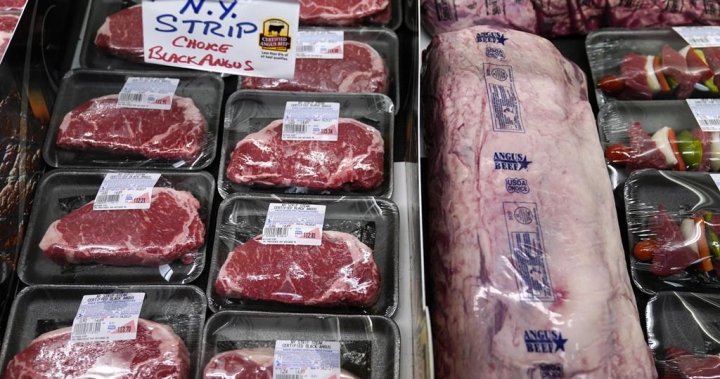
Inflation impacting industries in Saskatchewan: ‘It definitely hurts our bottom line’
Global News
Inflation is the highest it has been since 1991. It's affecting three key areas — food, shelter and transportation — in Saskatchewan and across Canada.
The inflation rate in Canada jumped to 5.7 per cent in February, the highest jump since 1991. The number was slightly lower in Saskatchewan at 4.7 per cent, Statistics Canada reported.
Driving the increase were higher gasoline prices, up 32.3 per cent compared with February 2021. Statistics Canada says that excluding gasoline prices, the headline inflation rate would have been 4.7 per cent for the month.
Grocery store prices were up 7.4 per cent for the largest yearly increase since May 2009, pushed higher by rising fuel costs being passed on to consumers.
Statistics Canada says shelter costs, which include prices for homes and rental units, rose at their fastest pace since August 1983.
The rapidly rising costs of everyday life for people in Saskatchewan are making it harder to make ends meet and to get by.
Local semi-truck company owner and driver Gurpreet Singh said he spends roughly $1,300 every time at the pump, leading to a total expenditure of over $8,000 per month just on fuel.
He said that is over $2,000 more than what he was paying, even though he has been transporting goods mainly through Saskatchewan.
“I’m not making any money, like everything, most of my part of my earning is going into fuel. These prices are very high. It is very hard to make a living right now,” Singh told Global News.
